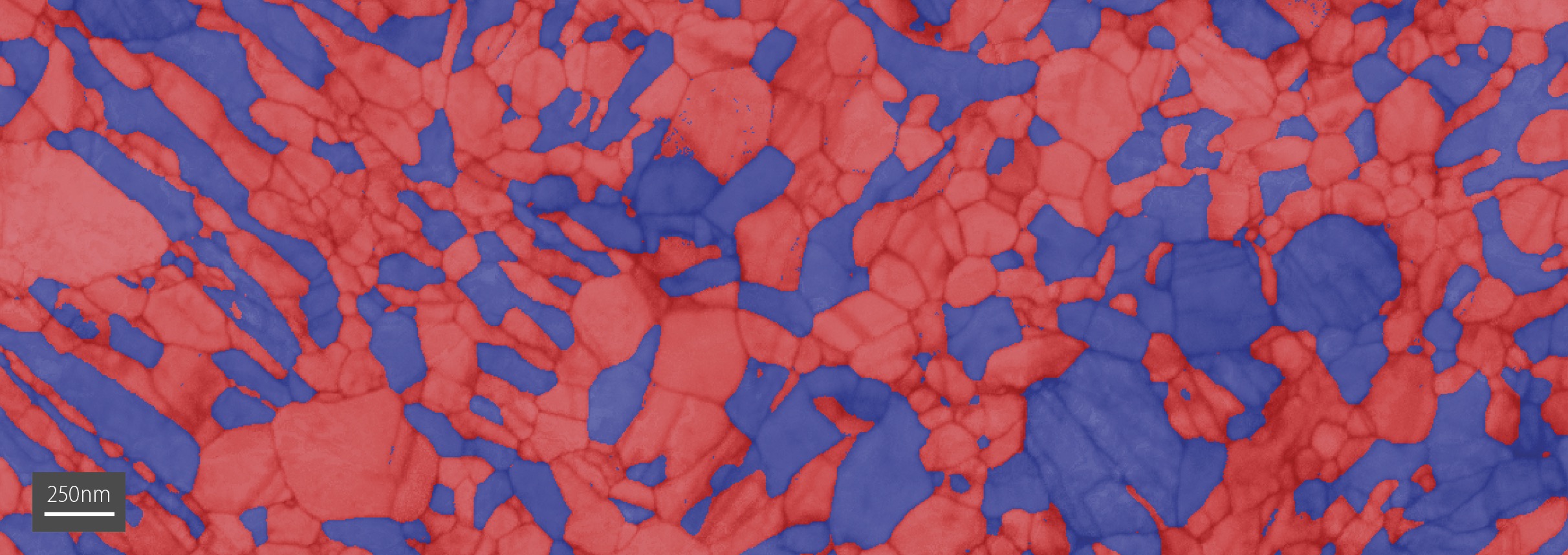With a growing global population and the impact of carbon emissions on climate, demand continues to grow for more fuel-efficient cars with reduced emissions. Car manufacturers now use advanced high strength steels (AHSS) instead of conventional ones to make cars lighter. However, the current AHSSs are at their limit of strength, malleability and cost. For further weight savings a new approach is needed.
AHSS are strengthened by controlling the types of crystal lattices present in the steel. Current AHSS for vehicles contain several different atomic arrangements, such as ferrite, bainite and martensite. PhD student Mehdi Eizadjou, working with Prof. Simon Ringer at the University of Sydney has combined computational and experimental approaches to design a new AHSS that achieves twice the strength and retains similar malleability of many AHSSs in common use. The new steel has an ultrafine microstructure containing a hard phase (martensite or ultrafine ferrite) and a malleable phase (austenite) in an iron–manganese–aluminium–carbon alloy.
Through a research collaboration, China Steel produces the steels designed by the research team. By using the AMMRF (now Microscopy Australia) at the University of Sydney for atom probe tomography, scanning electron microscopy with transmission Kikuchi diffraction, and transmission electron microscopy, Mr Eizadjou was able to assess the steel microstructures and evaluate the formation of the relatively unstable austenite. He found that by keeping the individual crystals of austenite smaller than 300 nanometres and controlling the chemical composition, austenite remained stable at room temperature.

TKD image showing crystals of austenite (red) and ferrite (blue) . Movie (via QR code): Atom probe dataset of an AHSS. Each red dot represents an atom of manganese; blue, aluminium; black, carbon.
Mr Eizadjou found that unlike most AHSSs his new steel only needed a few minutes heating time at 650°C to achieve the optimal properties.
A greatly improved steel for automotive use has been created through alloy design at the nano-scale. It will:
September 21, 2015